How to Choose the Best Duster: Material Matters More Than You Think
Material Matters More Than You Think
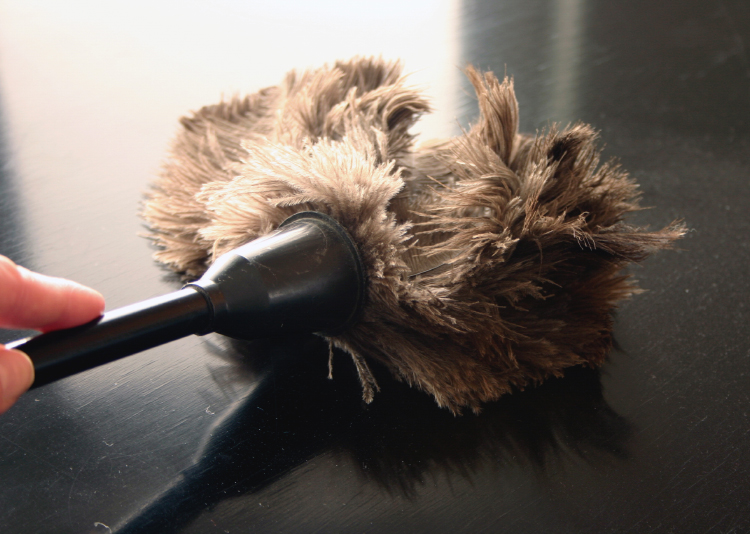
Dusters have come a long way since the days of old-school feather versions made with real animal hair (yes, like actual chicken feathers). These days, you'll find dusters made from all kinds of advanced materials—each one designed to handle a specific type of cleaning, from everyday home use to detailed commercial jobs.
So with so many options out there, how do you know which duster does what? And which one's right for your business? Let's take a closer look at the materials behind today's dusters, what makes each one unique, and where they work best.
Picking the right material for your dusters isn't just about looks—it's about cleaning power and durability. The right yarn can make your cleaning more effective and your tools last longer.
Each type of yarn has its own strengths and is better suited for certain environments or surfaces. Below, we'll walk you through the key differences between today's most common duster materials—and show you how to choose the right one for your cleaning needs.
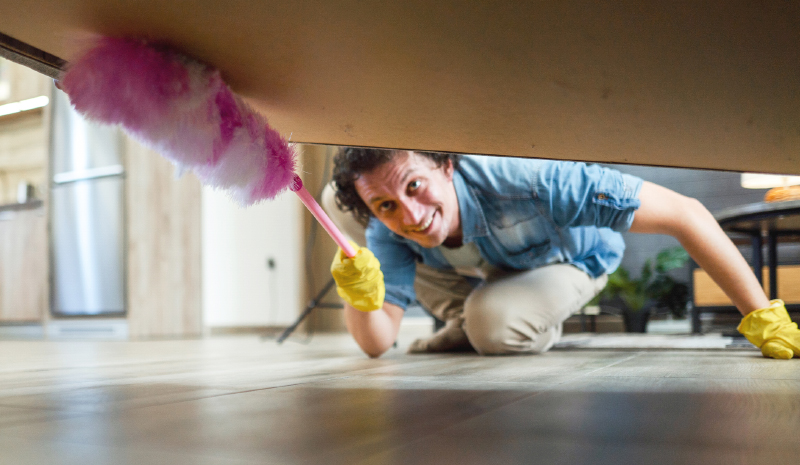
Can't I just use a cloth? Sure—but in many cases, a duster is faster, safer, and just plain smarter. While microfiber cloths have their place, dusters come with unique advantages that make certain cleaning jobs much easier and more efficient.
- When water is off-limits
For surfaces that should only be dry-cleaned—like electronics, lighting fixtures, or books—a duster quickly removes dust without risking moisture damage. And with various sizes and shapes available, it's easy to reach everything from ceiling corners to tight gaps. - When you want to avoid streaks
Some materials, like glass or polished wood, may show streaks or water spots after damp wiping. A dry duster keeps these surfaces clean without leaving marks behind. - When time and reach matter
Wiping every item on a shelf with a cloth takes forever. Dusters are perfect for covering large areas or delicate displays, like bookshelves, storage units, or decorative pieces. A quick weekly dusting with the right tool saves time and keeps everything looking fresh.

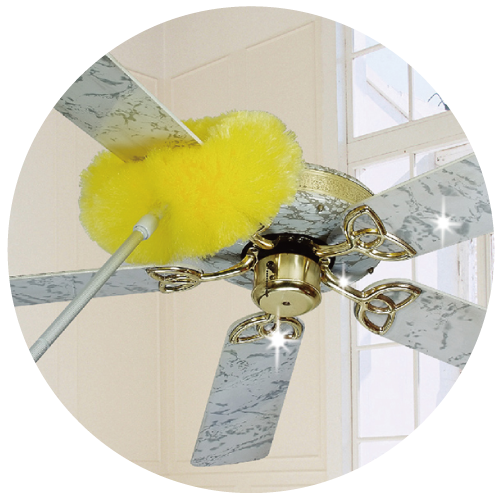
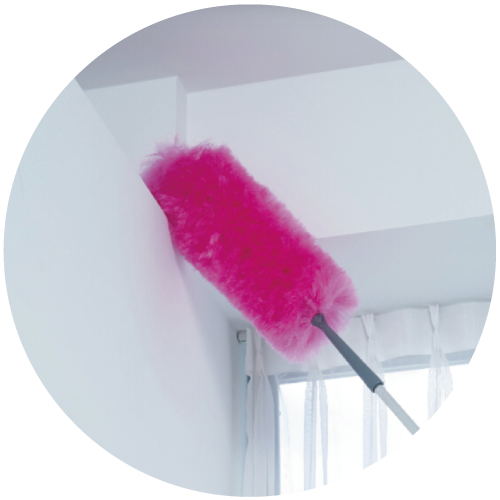

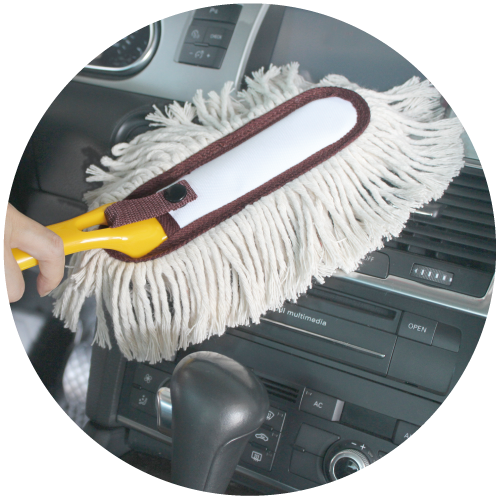
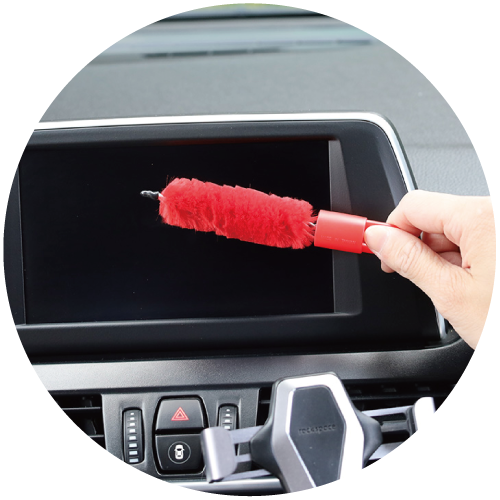
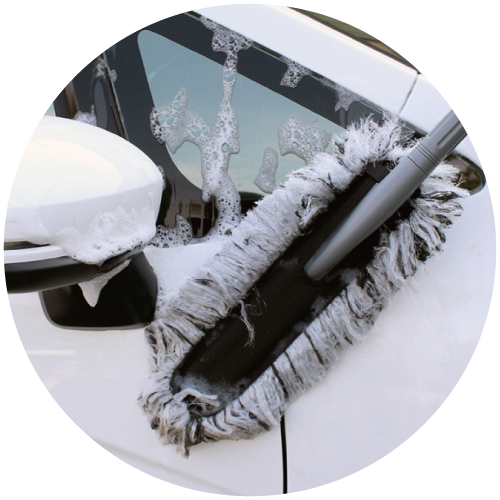


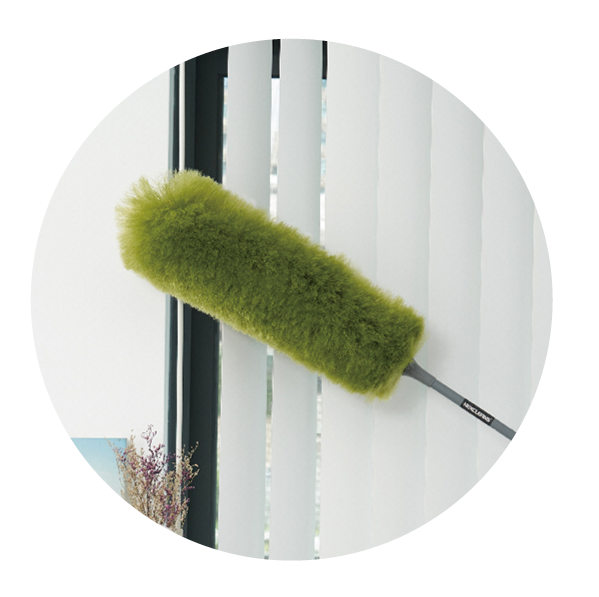
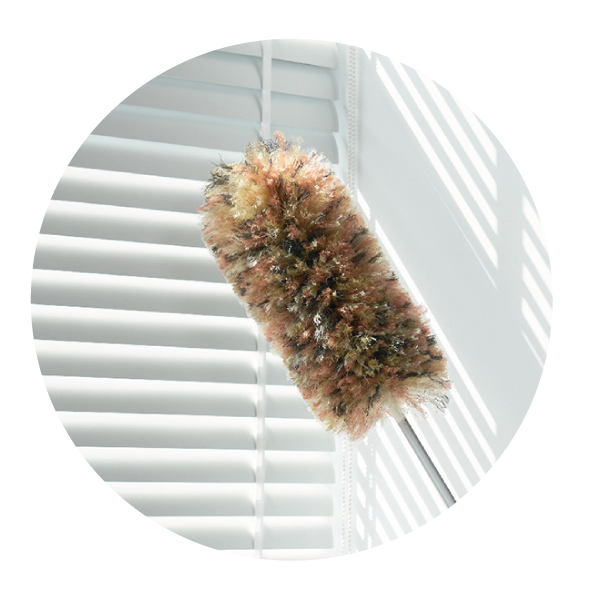

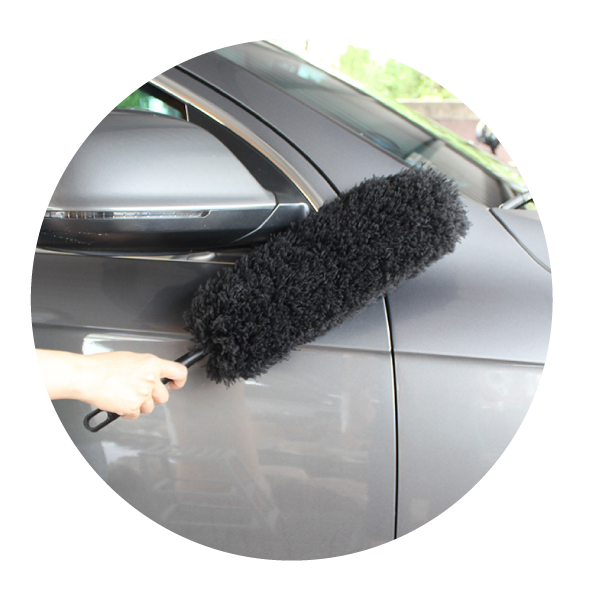
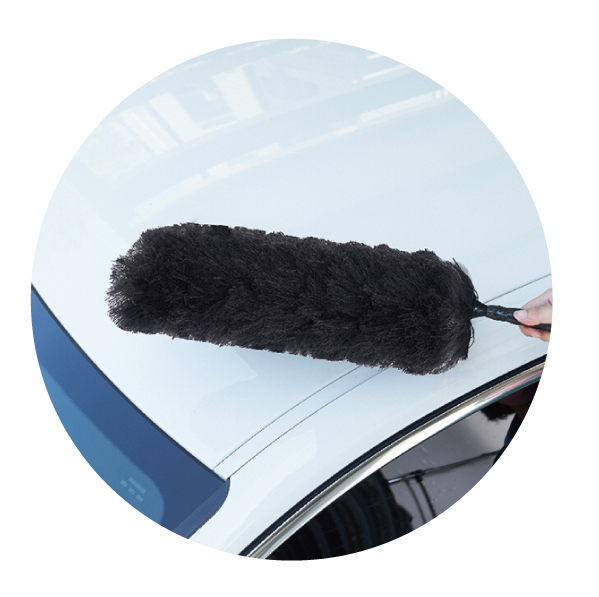
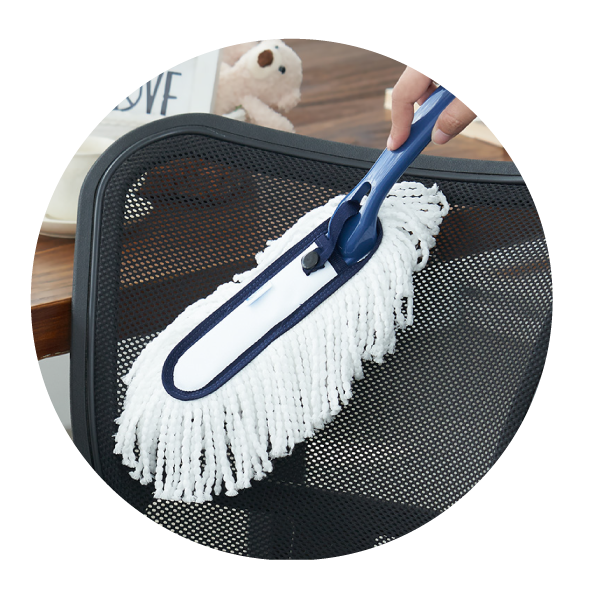
 Inquiry
Inquiry
